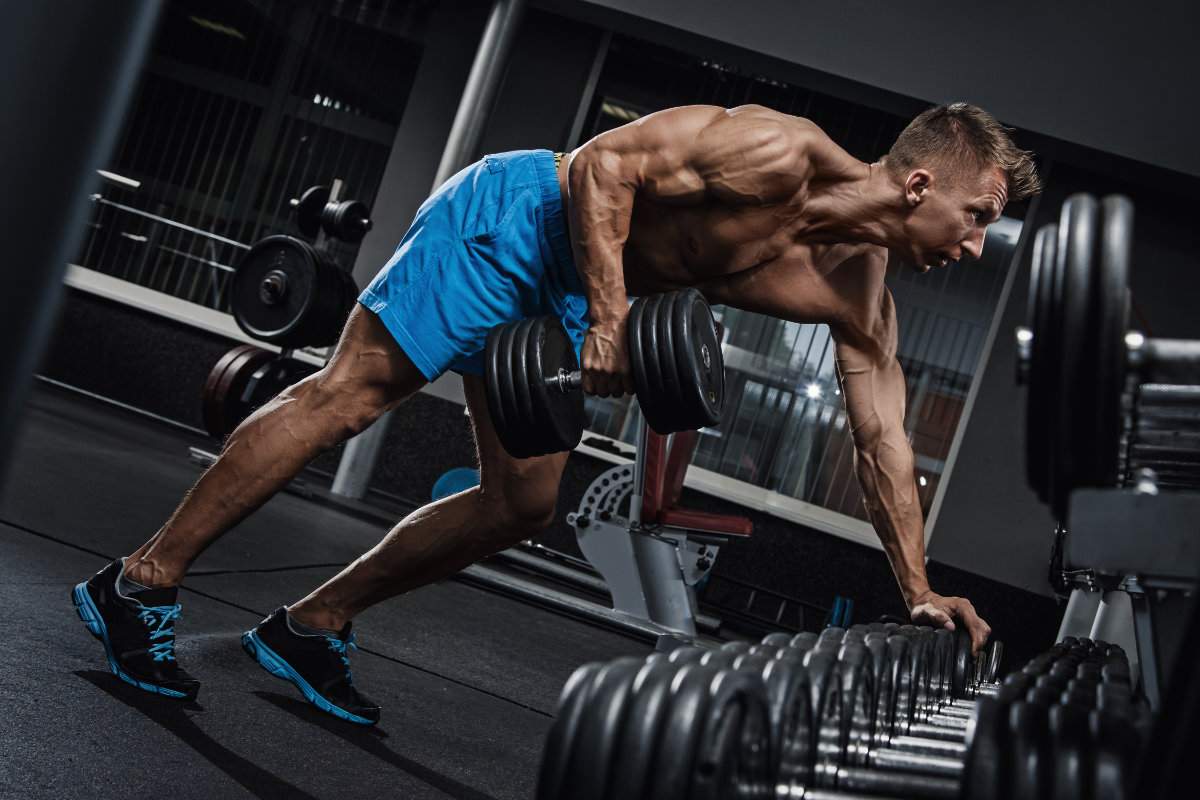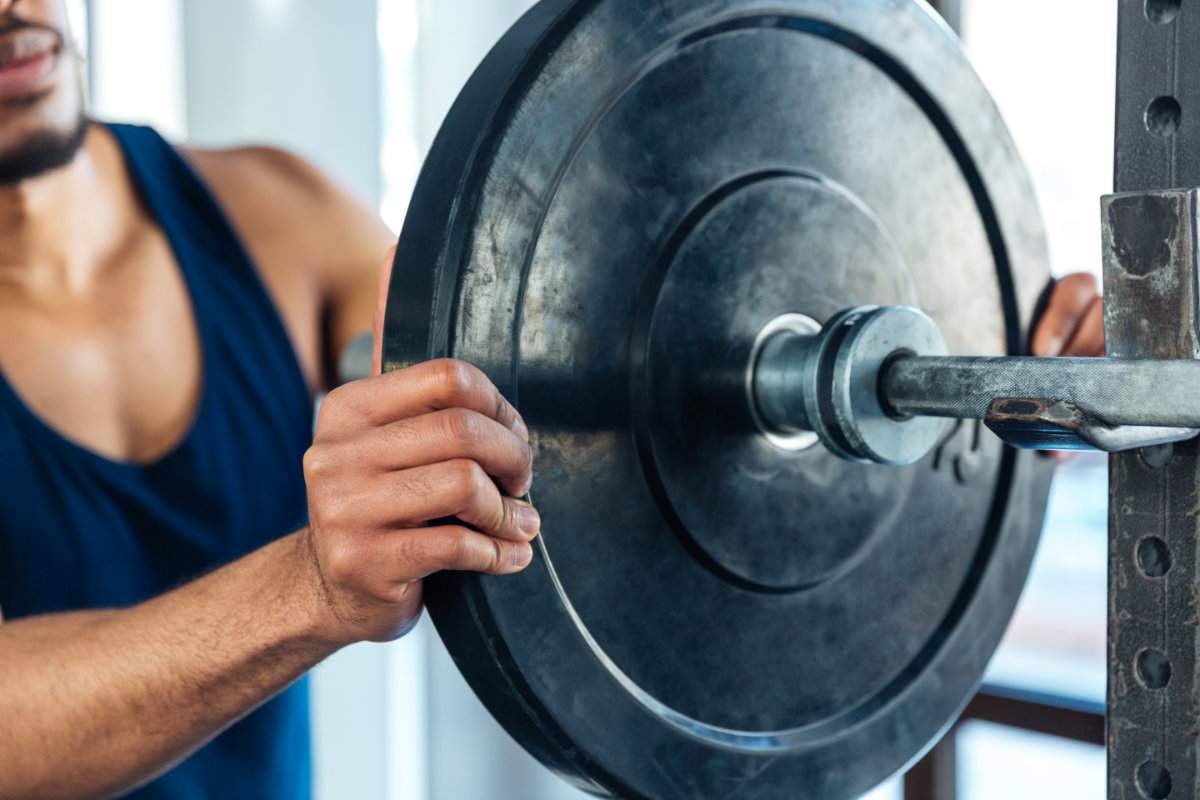No amount of nutritional supplements will help your clients achieve peak fitness if they don’t adhere to hydration essentials. By being aware of what can go wrong, you can help them stay safe, writes dietitian Holly Smith.
Training harder, racing faster and recovering quicker are common aims of many fitness enthusiasts. Caffeine, creatine, carbohydrate and protein – the list of performance supplements is endless. But no amount of supplements will help your clients achieve peak fitness if they get their hydration wrong: here’s why:
Sweat it out
Research has shown that our bodies create 15 to 20 per cent more heat when we exercise. If we didn’t have a way of expending this extra heat, our body temperatures would rise by one degree every minute!1 We can only tolerate small changes in core temperature, so we sweat (which then evaporates from the skin) to get rid of some of this extra heat. Sweat evaporation is responsible for around 75 per cent of heat lost during exercise2.
Dehydration affects performance
Around 50 per cent of our body weight is water3. If a client is dehydrated, the plasma volume in their blood drops. This drop causes negative flow-on effects during exercise. Studies have shown that a two per cent fluid loss (equating to a loss of 1.5kg of bodyweight for a 75kg athlete), can have negative effects on athletic performance during training or competition.
- Dehydration can affect performance through4:
- an increase in body temperature
- an increase in heart rate
- a greater degree of fatigue
- impairments in mental performance, such as skill and coordination
- gastrointestinal issues, such as nausea and diarrhoea.
If a client shows symptoms of fatigue or loss of coordination, ask them about their fluid habits before, during and after training sessions.
Sweat: it’s a personal thing
There is no ‘one-size-fits-all’ when it comes to replacing fluid losses from sweat. Sweat rates can depend on4:
- body size – larger body sizes will generally sweat more
- fitness level – fitter clients will start to sweat earlier
- genetics – some people sweat more than others
- environment – hot and humid conditions make us sweat more (limited airflow in gyms can also result in high sweat rates)
- exercise intensity – as intensity increases, so does sweat rate.
When training clients, it’s important to keep these factors in mind. Some clients, such as those training on a hot day, or those carrying more weight, may require extra encouragement to take drink breaks.
Electrolytes: a balancing act
Sodium, potassium and chloride are electrolytes that play an important role during exercise3, as they:
- help to control muscle activity
- maintain water balance
- keep pH in balance
- regulate heart rate.
Water intoxication
Water intoxication (or hyponatraemia), was first reported in two endurance athletes in 19816. Although rare, athletes at risk of water intoxication include those doing prolonged exercise or endurance events (lasting more than two hours) when large volumes of low sodium fluids (such as water) are drunk and sweat loss is small.
At rest, our kidneys and a number of hormones are good at keeping these electrolytes in balance. But during exercise, too much or too little fluid can disrupt this balance, particularly in sodium.
Electrolyte replacement
In low intensity, short-duration exercise (less than 60 minutes), water is suitable as the main thirst quencher. But to replace heavy sweat losses in longer (more than 60 minutes) and more intense exercise, sports drinks and foods with added salt (sodium) may be helpful5.
Studies have shown sodium chloride (salt) can help achieve optimal hydration by4:
- reducing the amount of urine that is excreted after exercise (helping to ‘hold on’ to fluid)
- helping the intestines take in more water and carbohydrate
- with the addition of carbohydrate, helping to improve palatability (the athlete is likely to drink more).
Tip: when choosing a sports drink, aim for 4 to 8 per cent carbohydrate and 10 to 20mmol sodium.
Hydration advice for trainers
Physically and mentally, timing, amount and type of fluid can make or break any recreational or elite athlete. To make sure your clients don’t get their hydration wrong, follow these easy tips.
Pre-workout
1. Plan it. Encourage your clients to drink enough fluids in the hours leading up to training.
2. Check it. Urine colour can be a good indicator of hydration status (pale yellow is desired, while dark yellow or orange can indicate dehydration).
3. Drink it. Having 200mL-600mL of fluid before an intense workout is a good goal, and well tolerated by most people.
During workout
1. Bring it. Ensure all clients bring a water bottle to their workout.
2. Break it. Encourage regular drink breaks in high-intensity workouts or hot, humid conditions.
3. Cool it. Having cool (15 degree) water often helps clients to drink more (compared to icy or warm fluid).
Post-workout
1. Replace it. We continue to lose fluids through sweat and urine after training. Aim to replace 125-150 per cent of the fluid lost during exercise within two to six hours after training7.
2. Weigh it. An easy way to work out fluid loss during exercise is to weigh the client before and after exercise (in dry clothing). To replace 125 per cent of fluid losses, a one kilo weight loss will need to be replaced with 1.25L fluid.
3. Teach it. For weight-conscious clients, it is important to educate them that weight lost during exercise is mainly water loss (not fat loss), and that restricting fluid intake before and after a workout would limit their exercise efforts. Encourage clients to replace any fluid losses soon after finishing exercise.
For expert advice on sports nutrition you can locate your nearest Accredited Sports Dietitian at www.sportsdietitians.com.au


